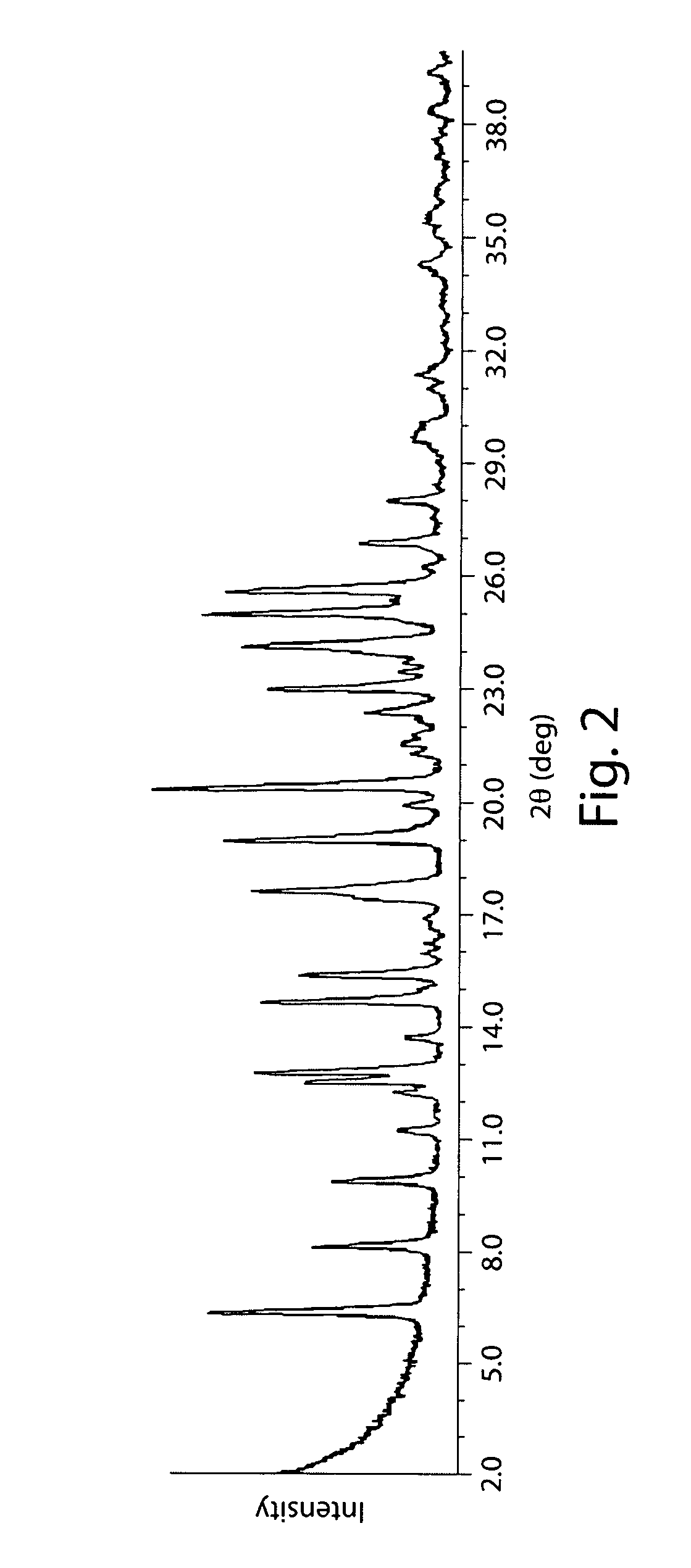Method for reducing the risk of or preventing infection due to surgical or invasive medical procedures
a technology for surgical or invasive medical procedures and methods, applied in the direction of antibacterial agents, biocide, heterocyclic compound active ingredients, etc., can solve the problems of antibiotic agents developed for clinical use, ultimately encountered problems, and at the site of surgery or other invasive medical procedures, so as to reduce the risk of a microbial infection
- Summary
- Abstract
- Description
- Claims
- Application Information
AI Technical Summary
Benefits of technology
Problems solved by technology
Method used
Image
Examples
examples
[0257] The following examples further describe and demonstrate embodiments within the scope of the present invention. The examples are given solely for the purpose of illustration and are not to be construed as limitations of the present invention, as many variations thereof are possible without departing from the spirit and scope of the invention. Ingredients are identified by chemical or CTFA name.
example i
[0258] I-A. Formulation for Intravenous Administration Ingredients Amount
IngredientsAmountAntimicrobial Compound0.1-1500total mgDextrose, USP50mg / mlSodium citrate, USP1.60-1.75mg / mlCitric Acid, USP0.80-0.90mg / mlWater, USPq.s
[0259] This formulation for intravenous administration is formulated by heating water for injection to about 60° C. Next the sodium citrate, citric acid and dextrose are added and stirred until dissolved. A solution or aqueous slurry of the antimicrobial compound is added to the previous mixture and stirred until dissolved. The mixture is cooled to 25° C. with stirring. The pH is measured and adjusted if necessary. Lastly the mixture is brought to the desired volume, if necessary, with water for injection. The mixture is filtered, filled into the desired container (vial, syringe, infusion container, etc.), over wrapped and terminally moist heat sterilized.
[0260] This formulation is useful for intravenous administration, either bolus or infusion, to a patient f...
example ii
[0264] Alternatively, if the antimicrobial compound is prone to hydrolysis or a compact and convenient form to store formulation is desired, the antimicrobial compound can be provided as a lyophilisate which can be reconstituted before intravenous or intramuscular administration.
[0265] II-A. Lyophilisate for Reconstitution for Intravenous Administration
Ingredientmg per injection vialAntimicrobial Compound0.1-1500Cyclodextin1500
[0266] Reconstitution solution for a volume to be administered of 50 ml (infusion): 5% aqueous glucose solution.
[0267] Reconstitution solution for a volume to be administered of 15 ml (bolus): 3.3% aqueous glucose solution.
[0268] The foregoing lyophilisate is useful for reconstitution and intravenous administration, either bolus or infusion, to a patient for reducing the risk of or preventing infection due to a surgical or invasive medical procedure to be performed upon the patient. The formulations can be administered just prior to or up to about 1 hour ...
PUM
| Property | Measurement | Unit |
|---|---|---|
| 2θ | aaaaa | aaaaa |
| 2θ | aaaaa | aaaaa |
| 2θ | aaaaa | aaaaa |
Abstract
Description
Claims
Application Information
 Login to View More
Login to View More - R&D
- Intellectual Property
- Life Sciences
- Materials
- Tech Scout
- Unparalleled Data Quality
- Higher Quality Content
- 60% Fewer Hallucinations
Browse by: Latest US Patents, China's latest patents, Technical Efficacy Thesaurus, Application Domain, Technology Topic, Popular Technical Reports.
© 2025 PatSnap. All rights reserved.Legal|Privacy policy|Modern Slavery Act Transparency Statement|Sitemap|About US| Contact US: help@patsnap.com



